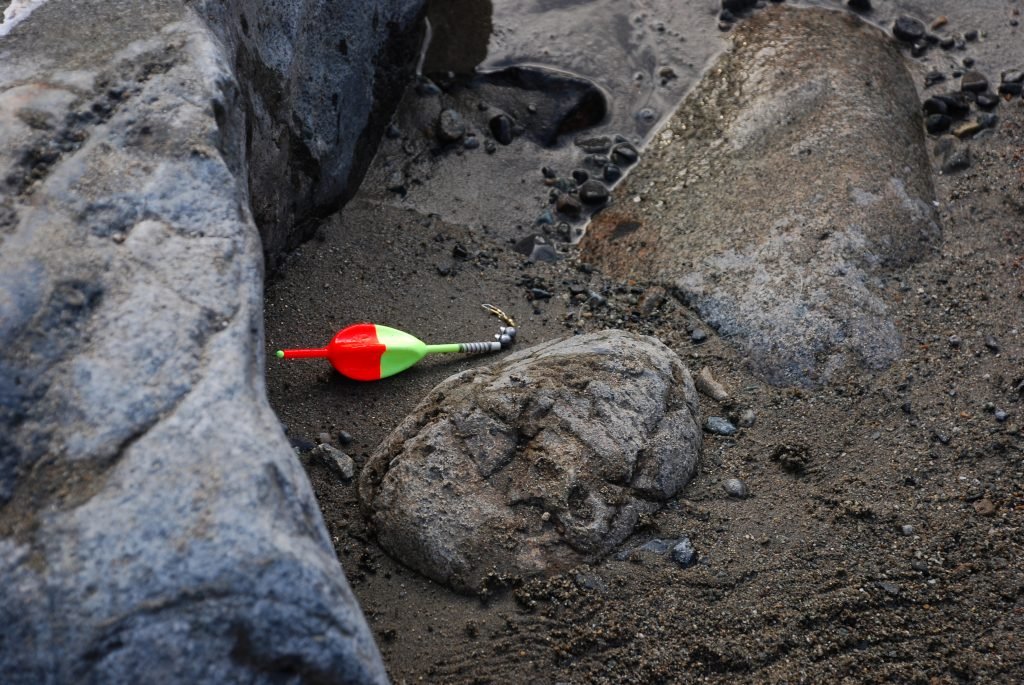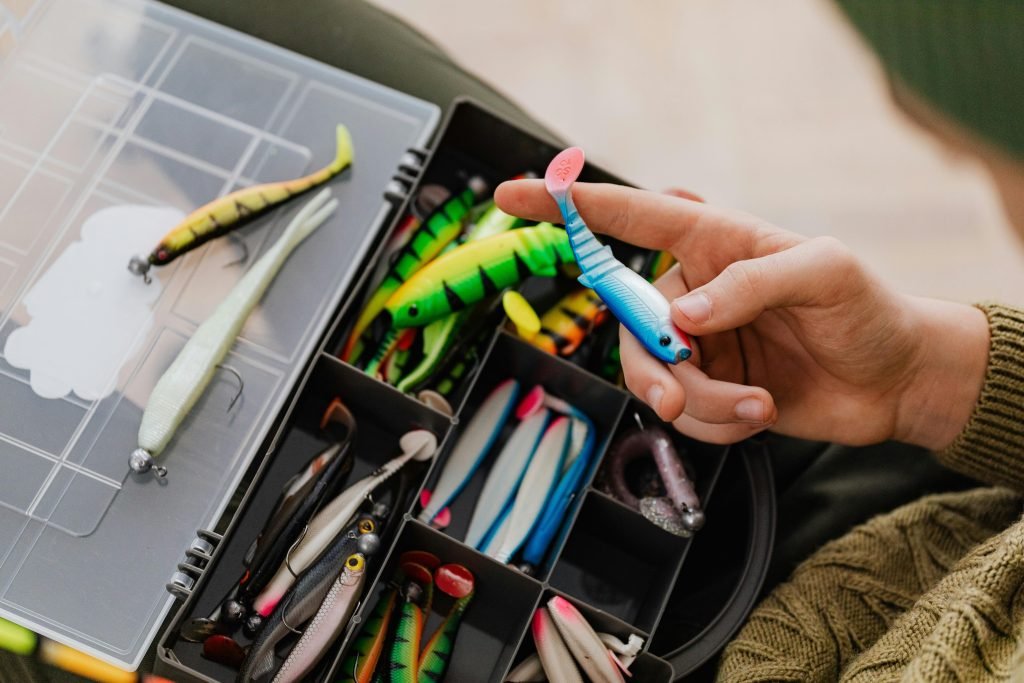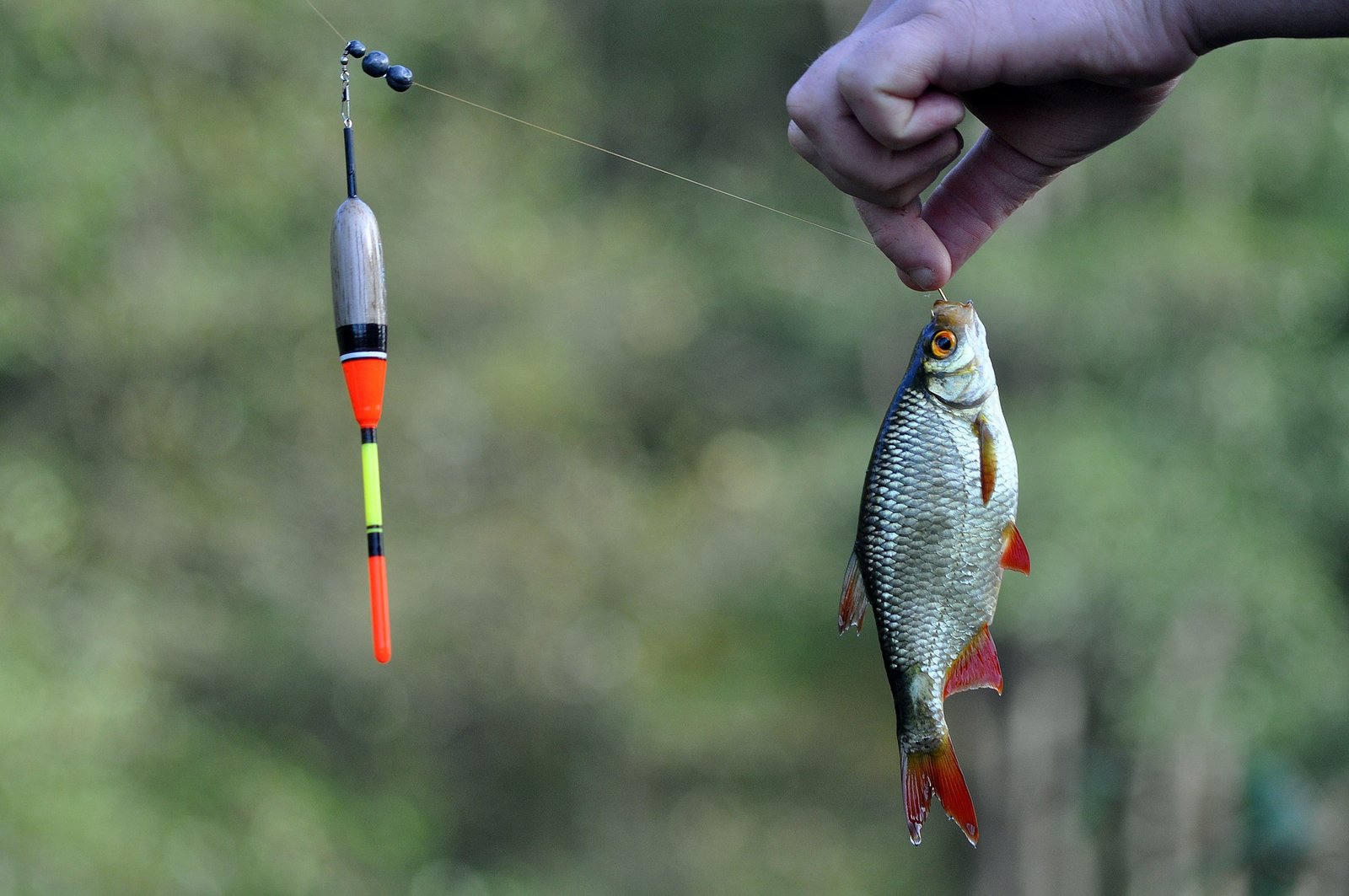
Fishing in saltwater brings its own set of unique challenges, and having the right floats can mean the difference between a good story and a great catch.
When I’m out on the waves, bobbing along with my line cast, I want floats that can withstand the harshness of the ocean and deliver that satisfying jolt when a fish decides to take the bait.
My favorite floats are the ones that whisper ‘game on’ when the water starts to churn. Here’s how to choose a good float – it needs to be robust enough to handle the salt and the swells, but sensitive enough to telegraph even the most sensitive nibbles.
Whether it’s the traditional bobbers we grew up with or the latest in slip float technology, each has its moment to shine. Of course, having a float that’s easy on the eyes doesn’t hurt either, because if I’m going to stare at something for hours, it should at least be pretty, right?
Key Takeaways
- Selecting the right float is crucial for successful saltwater fishing.
- Different floats serve different functions, so know your gear.
- The right bait and lure are essential for float fishing success.
Ace Your Setup: Choosing the Right Gear
I’m about to get real with you about hooking up the ultimate salty gear. Let’s talk tools of the trade.
Reeling in the Basics: Rods and Reels
First things first, grab yourself a fishing rod that’s suitable for saltwater. I’m talking 7 to 9 feet of pure fishing fury to cast those lines like a champ. It should be strong enough to break when a massive sea monster shows up.
For fishing reels, go for the grit—opt for a corrosive-resistant option that can handle braided line. This duo will make the salty deep seas your personal fishing playground.
- Fishing Rod: 7-9 feet, sturdy, corrosion-resistant.
- Fishing Reel: Brawny, braided line-friendly, and a saltwater soldier.
Line Them Up: Understanding Lines and Leaders
Next on my kit list are the strings that tie the whole operation together—the fishing line and leader. Sneak in that braided line for mainline muscle, it’s thin, it’s tough, and it whispers sweet nothings through the water for better sensitivity. As for the monofilament leader (or fluorocarbon), it’s like the stealthy sidekick that makes the bait look super tempting without spooking the fish. Score!
- Fishing Line: Braided for strength and sensitivity.
- Leader: Monofilament or fluorocarbon, because stealth is good in any type of fishing.
I hope this section helped you if you’re new to saltwater float fishing.
The Float Fleet: Selecting the Best Bobbers
So, you’re ready to talk about bobbers, those little buoyant buddies that turn a good saltwater fishing trip into a spectacular sea saga. Let’s dive into the specifics of selecting the superior saltwater sidekicks for your angling adventures.
The Main Types of Saltwater Bobbers
We’ve got a flotilla of float types to choose from, and let me tell you, variety is the spice of life—or the sea, in our case. For starters, there’s the Thill Big Fish Slider, a mighty pole float perfect for tackling the likes of trout and redfish. When I’m in for some stealthy flounder foraging, I stick to a fixed float because it helps me keep everything low-key.
- Pole Floats: Ideal for deeper waters where you expect giants to roam.
- Fixed Floats: Perfect for calm shallows where fish are a tad skittish.
The Influence of Float Shape on Performance
You wouldn’t wear flippers to a 100-meter dash, right? Same logic applies to bobbers. The shape heavily dictates performance. A lean, elongated bobber like a Thill will cut through wind with the grace of a stealthy seagull, which is excellent for precision casting in breezy conditions. Yet, when I’m pining for popping, those popping corks with their enticing ‘bloops’ mimic dinner bells for redfish.
- Long Slender Floats: For precision casting.
- Round Popping Corks: To mimic fish-feeding sounds, attracting hungry swimmers.
About Buoyancy
In the world of bobbers, buoyancy is basically the bobber’s ego—it’s all about staying visible without sinking under the pressure. Something like the Thill Big Fish Slider keeps its chin up in choppy water, so I can see it dance even when the sea gets wavy. Meanwhile, smaller options provide just enough ego to keep a low profile, which is essential when trout are doing their best to ignore my bait.
- High Buoyancy Floats: For choppy waters and larger bait.
- Low Buoyancy Floats: For a more natural presentation, suitable for wary fish.
Action Stations: Match Your Float to Your Fish
Imagine sending a little fixed float to wrangle a redfish – it’s like bringing a rubber knife to a cannon fight. For those brawny battlers, I recruit a rattling float like a Bett’s Mr. Crappie Rattlin Pear. Its noise-making prowess calls fish like a dinner bell in an old western. And let’s not forget about weighted floats—the secret weapon for that perfectly timed drop, perfect when I’m squaring off against those clever flounder.
- Rattling Floats: They create underwater commotion for attracting fish like redfish.
- Weighted Floats: Provide cast control and precise depth placement, a flounder’s nightmare.
Tactics and Tips for Top-Notch Float Fishing

Let’s face it, the salt in saltwater does more than just sting your eyes—it can throw a wrench in our float fishing game if we’re not sharp! But fear not, I’ve got the moves and grooves to make those bobbers work for us, not against us.
Mastering the Art of Casting with Floats
When I’m casting with floats, the goal is to avoid spooking the fish with my fantastic splashdowns. I like to keep my casting weight just enough so it gives me distance, but not so much that it crashes like a meteor. A smooth, underhand cast can also sneak that bait in just as cool as a spy.
Float Configurations for a Winning Edge
In the rigs department, versatility is my middle name. I match my float configuration with the day’s current and critters I’m after. Swivel or sliding? I use a sliding rig where the water’s choppier. Plus, I never forget to add just enough weight so my float isn’t doing the tango with the waves.
When the Wind Blows: Adjusting Your Technique
Oh, the wind, every sailor’s and fisherman’s challenge! When it blows, I cast into the wind for a bit of extra oomph. Adjusting retrieves to keep the line tight ensures my float isn’t spinning mindlessly, and the bait stays right in the strike zone.
The Strike Zone: Maximizing Bite Detection
My eyes are constantly on the bobber because that’s my dinner bell. I keep the bait right in the strike zone, which means I occasionally adjust the depth when fish play hard to get.
Bait ‘Em Up: The Lure of the Bait

Before I dive hook, line, and sinker into the world of bait and lures, here’s the reel deal: the choice between live bait and artificial lures can make or break your day on the water. So, let’s get you prepped to cast with confidence and maybe even get a few fish to swipe right on your offerings.
Lively Encounters: Using Live Bait to Your Advantage
Nothing gets a saltwater predator’s heart thumping like the sight of a live bait frantically trying to swim off the hook. Here’s my tackle box fact: if you’re after an immersive angling experience, live baits like minnows, bluegills, or shrimp can be like magnets to fish. I rig them with a slip float and just the right amount of weight, leaving enough line so they can dance around naturally, enticing those picky sea creatures lurking below.
- Minnows: Hook these wrigglers through the back or lips for an appetizing swim.
- Shrimp: I often hook them by the tail, so they keep kicking nicely.
- Bluegills: Hook through the back, just below the dorsal fin, but remember – check your local regulations!
Remember, the fresher the live bait, the better. Think of it as the difference between a gourmet meal and fast food for fish – they can tell!
Artificial Appeal: Choosing the Right Lures and Jigs
Sometimes, I feel a bit like a fish’s personal chef, but instead of slicing and dicing, I’m choosing the perfect artificial lure. My go-to? A colorful assortment of jigs and lures that can mimic just about any kind of saltwater buffet item. Here’s the inside scoop:
- Soft Plastics: They’re like the stretchy jeans of the fishing world – adaptable and comfortable almost anywhere.
- Spoons and Spinners: These shiny shindigs reflect light, creating an underwater disco that’s irresistible to fish.
You want to match the hatch, as they say, making your lure look like the local snack. Size, color, and action are your spices in the fishy feast.
And here’s a pro tip: Vary your retrieval speed! Some days, the fish want a fast food sprint, others a leisurely swim. Let them tell you their mood!
Frequently Asked Questions
Navigating the salty swells with trusty floats is half science, half dark comedy – it’s a bit like trying to solve a Rubik’s cube that’s constantly moving. Let’s tackle some of those head-scratchers you might have about bobbing along on a sea-fishing adventure with a dash of humor.
Can you school a sea bass with a swanky saltwater bobber?
Oh, you bet I can turn the tides with my flashy bobber. It’s like the bass are hypnotized by sea bling! Seriously, a well-chosen saltwater float can make the difference between being schooled by the sea bass or putting them through fishy finishing school.
What’s the deal with saltwater bobbers – can’t fish spot these floating tricks?
You’d think, right? But saltwater bobbers are the magicians of the sea. They’re master illusionists that deceive even the most astute fin-flappers. The trick is to match the bobber size and color with the conditions, making it as inconspicuous as a ghost ship on a foggy night.
In the briny quest for crappie, is there a bobber that can ‘bob’ its way to the best?
Ah, the elusive crappie. In my briny quests, I’ve come to find that it’s not about the bob, it’s how you weave that spellbinding jig beneath it. Get the dance right and you’ll find crappies flocking to your hook like the call of the siren – minus the doom and gloom, of course.
Floats versus bobbers in the brine: Is it a buoyant battle or just nautical nonsense?
To be honest, it’s all in the name. Floats, bobbers – they’re both jolly buoys keeping my hook where it needs to be. The real battle is against the clever critters below, not with what we’re calling our trusty tackle. Call it what you will, as long as it keeps my bait afloat and my line off the rocks, it’s a win in my book!

